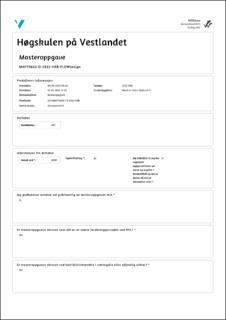| dc.description.abstract | Objectives: Sarcopenia, or age-related muscle loss is widespread. However, several definitions of sarcopenia exist, which has hampered progress in how to assess and treat sarcopenia. In 2019, the European Working Group on Sarcopenia in Older People published a new, evidence-based screening-algorithm (EWGSOP2), but the uptake of this for research purposes is not clear. Therefore, the objective of this study is to conduct a comprehensive search for empirical research and map out what has been done and is planned done on physical activity or exercise in the treatment of people with sarcopenia according to EWGSOP2’s criteria of sarcopenia. This scoping review will also evaluate the possibilities for conducting a systematic review and meta-analysis on the effects of physical activity and exercise in combating sarcopenia according to the latest criteria.
Material and Methods: A comprehensive, systematic search was done in eight databases (CINAHL, Cochrane library, Epistemonikos, PEDro, Medline EMBASE, Medline Ovid, Google Scholar, and US National Library of Medicine) for experimental trials, protocols or systematic reviews published in English or Norwegian between 2017 and 2022, on physical activity or exercise in treating sarcopenia according to the latest definition of criteria. The PEDro checklist was used to assess the methodological quality of the eligible clinical trials.
Results: This scoping review included five records. Of these, three were protocols for future projects, one was a systematic review, and one was a randomised controlled trial. In total 335 adults with sarcopenia, aged either ≥60 or ≥65, were included. Most of the records originated from Europe, and the most used tests for identifying sarcopenia were tests for limb strength and gait performance; but one protocol also used imaging technologies. Most interventions included multimodal training modalities, while one study used aerobic endurance training on exercise bike, and one used Tai Chi. The training interventions had similar description of training frequency and session duration.
Conclusion: The results reveal a scarcity on clinical trials with EWGSOP2 criteria. The planned projects are mostly planning to implement multimodal exercise interventions designed for prevention of falls and as such might not meet recommended guidelines for exercise prescription for older and sarcopenic subjects. More studies are needed before a recommendation of conducting a systematic review and meta-analysis on effect of exercise and physical activity in treating sarcopenia according to EWGSOP2 can be made | en_US |

